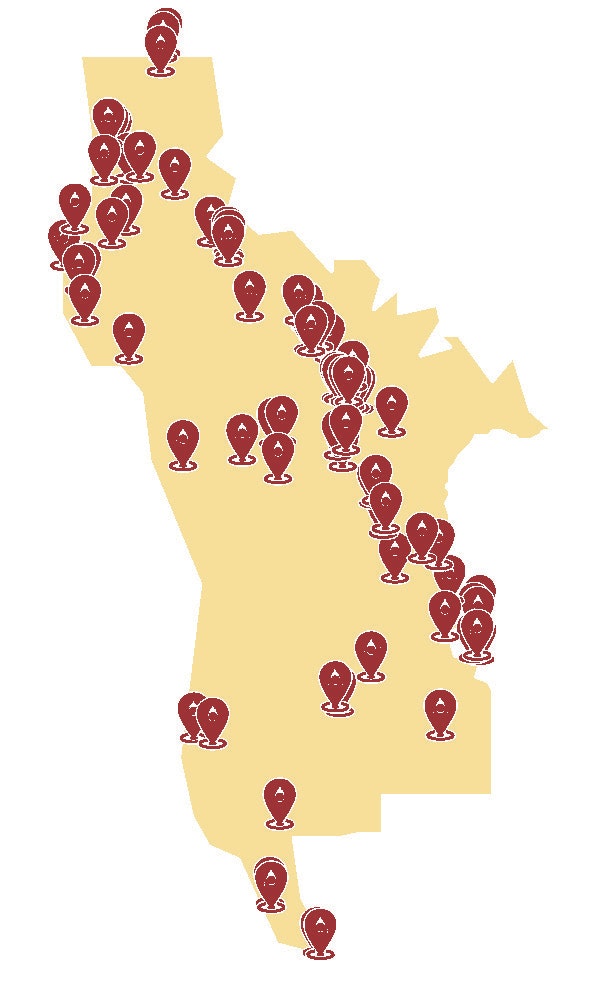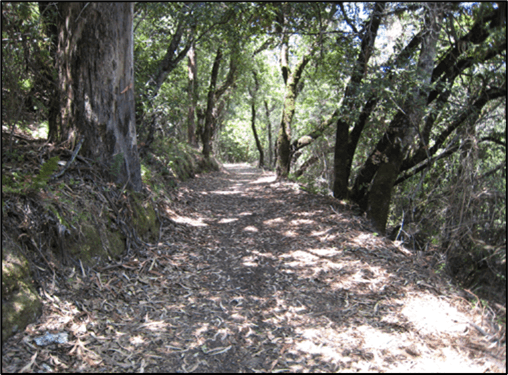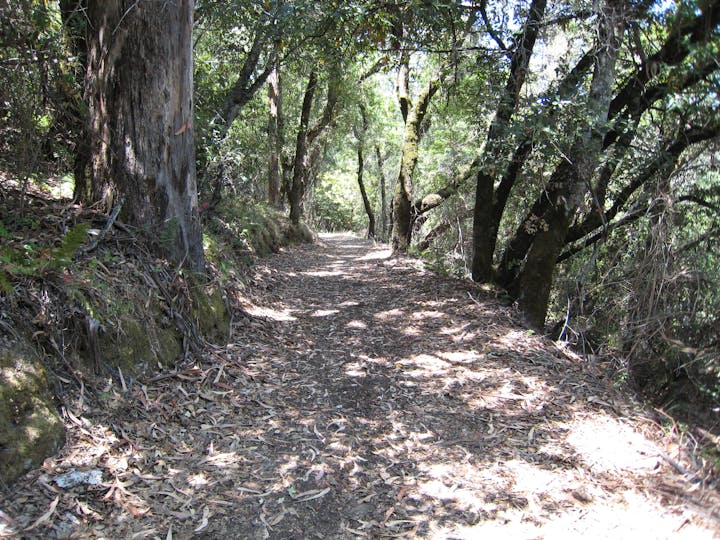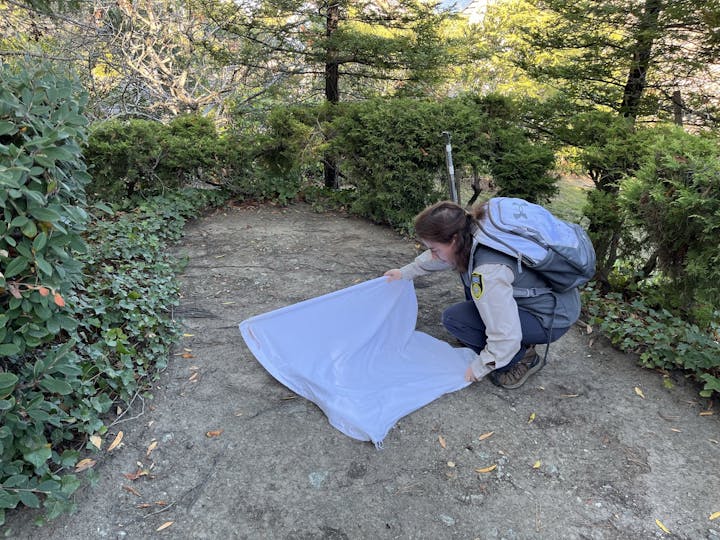Tick-borne disease pathogens in San Mateo County
Over the past several years, staff have collected more than 30,000 ticks from around the County. Our laboratory staff identify and test these ticks for:
- Borrelia burgdorferi (which can cause Lyme disease)
- Anaplasma phagocytophilum (which can cause anaplasmosis), and
- Borrelia miyamotoi (which can cause a type of tick-borne relapsing fever).
The results of these tests are reported as the minimum infection prevalence, or MIP. This is a way of describing the proportion of ticks tested that are infected with a particular pathogen. The more ticks we test, the more accurate the MIP is.

Key findings:
- 0.6% of adult black-legged ticks were positive for Lyme disease bacteria - over 27,000 ticks collected between 2014-2022 were tested
- 2.2% of nymphal western black-legged ticks were positive for Lyme disease bacteria - over 2,000 ticks collected between 2014-2022 were tested
- 0.4% of adult and 0.6% of nymph black-legged ticks were positive for Anaplasma phagocytophilum
- 0.7% of adult and 1.4% of nymph black-legged ticks were positive for Borrelia miyamotoi
- There do not appear to be 'hotspots' for ticks carrying pathogens in our County, based on testing ticks collected from dozens of locations over the past several years. There is small variation from location to location, but the risk does not appear to vary significantly across the County.
Learn about why more nymphal ticks are infected than adult ticks.
For more information on how the District collects and tests ticks for disease surveillance, visit the Tick Collection and Testing page.
The risk of acquiring tick-borne disease in San Mateo County remains relatively low, however, we caution all residents to be careful when walking on trails or in regions with tall grasses. Learn more about how to protect yourself from tick bites and the diseases that ticks can spread.
Page last reviewed: May 12, 2025



